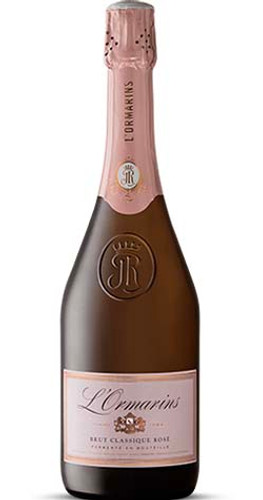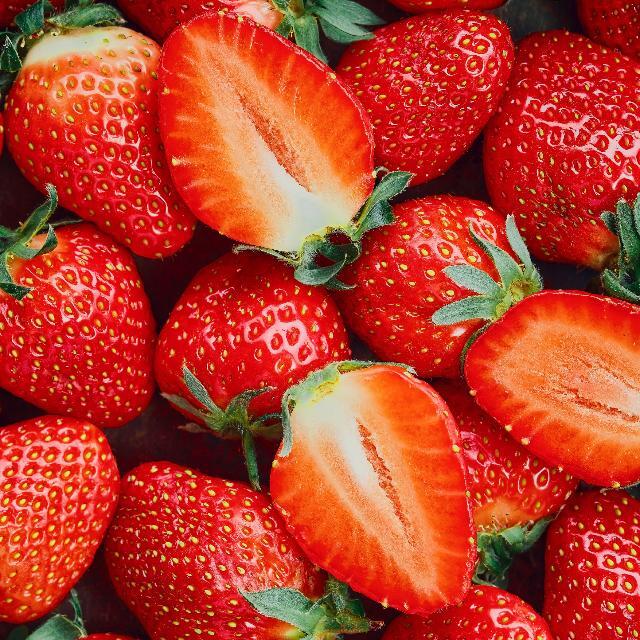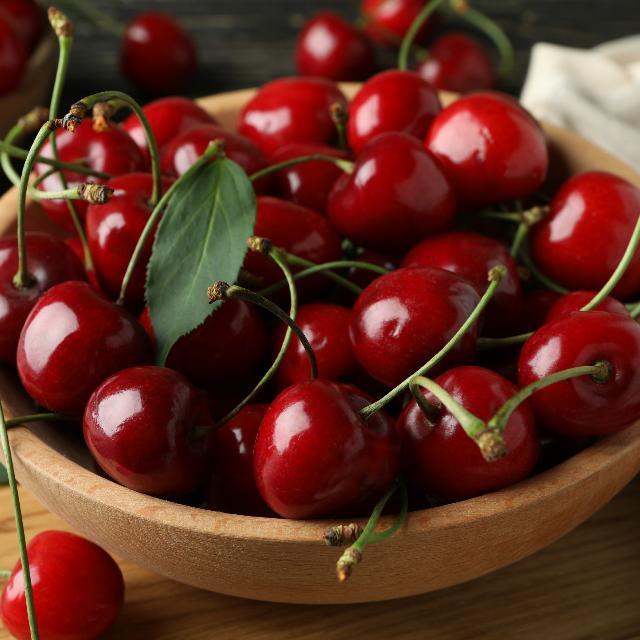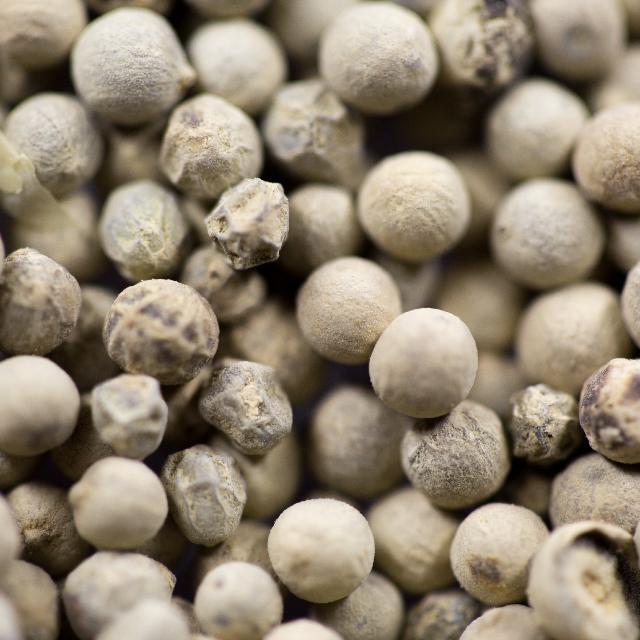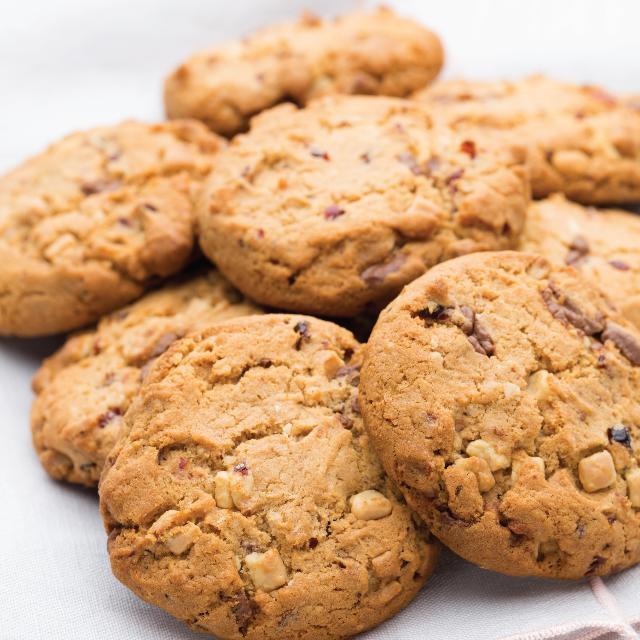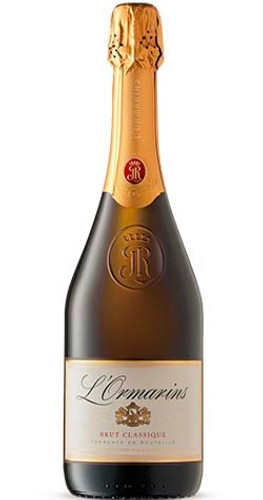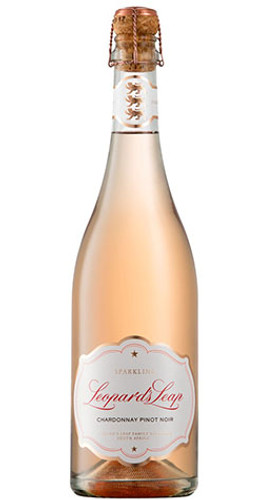Attractive delicate salmon pink hue in appearance. Delicious whiffs of charming raspberry and strawberry aromas vie with a peppery spice nuance on the nose.
The palate is vivid with lively bubbles of bright red berries and crisp acidity. Providing equilibrium are rich, creamy lees notes and toasted biscuit flavors from its secondary fermentation in bottle.
Delightfully playful yet serious with good structure, length and a clean, focused finish.
The palate is vivid with lively bubbles of bright red berries and crisp acidity. Providing equilibrium are rich, creamy lees notes and toasted biscuit flavors from its secondary fermentation in bottle.
Delightfully playful yet serious with good structure, length and a clean, focused finish.
To ensure optimum freshness and fruit complexity, the grapes are received early in the morning and whole-bunch pressed. The free run and second press components are kept separate; the juice settled and inoculated and fermentation commences.
After fermentation, the wine is settled and racked off the lees and the separate components blended together. The base wine is filtered and the wine is sweetned before bottling; preparing it for the second fermentation in the bottle. At bottling, the yeast is added to the sweetened base wine and stirred. The bottles are stored at a temperature of 13-15 degress C for a long, slow secondary fermentation.
The wines are tasted weekly to monitor how the fermentation progresses, until it is dry and fermentation is completed. The bottles are then kept for 2-4 years on the lees further bottle maturation. During the disgorging process we add dosage (a mixture of base wine and sugar), and after disgorgement, the bottles are kept for about 3 months before being released into the market.
Winemaker: Dawie Botha
After fermentation, the wine is settled and racked off the lees and the separate components blended together. The base wine is filtered and the wine is sweetned before bottling; preparing it for the second fermentation in the bottle. At bottling, the yeast is added to the sweetened base wine and stirred. The bottles are stored at a temperature of 13-15 degress C for a long, slow secondary fermentation.
The wines are tasted weekly to monitor how the fermentation progresses, until it is dry and fermentation is completed. The bottles are then kept for 2-4 years on the lees further bottle maturation. During the disgorging process we add dosage (a mixture of base wine and sugar), and after disgorgement, the bottles are kept for about 3 months before being released into the market.
Winemaker: Dawie Botha
Anthonij Rupert Wyne was founded on the farm L’Ormarins in Franschhoek. Originally owned by the late Anthonij Rupert, who passed away in 2001, the farm was taken over by his brother Johann Rupert in 2003. It was Johann Rupert who constructed a state-of-the-art winemaking facility on the estate, and the beginnings of what was to become a sprawling enterprise with a focus on terroir specific wines.


